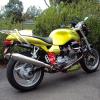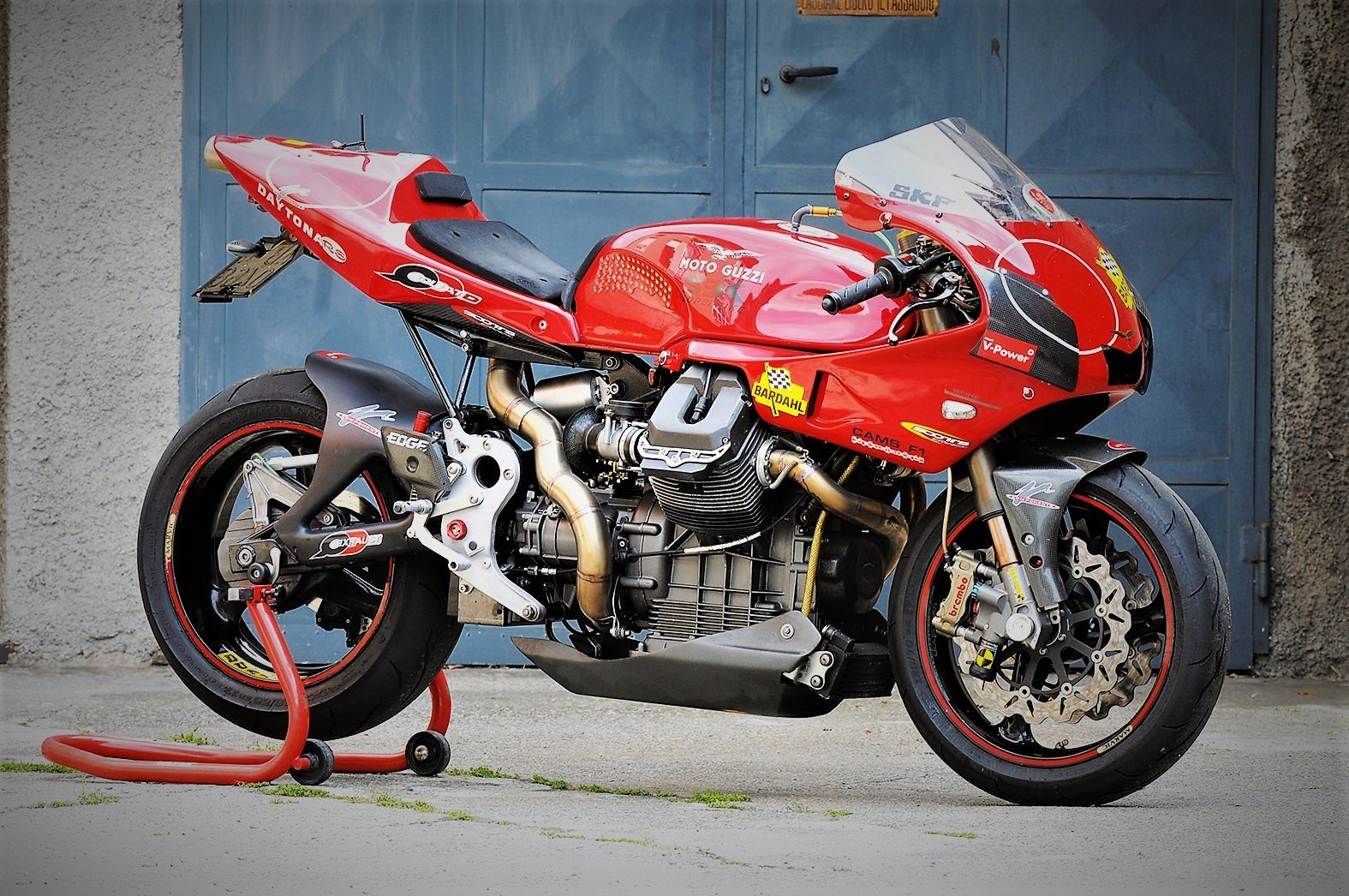-
Posts
5,215 -
Joined
-
Last visited
-
Days Won
268
Content Type
Profiles
Forums
Events
Gallery
Community Map
Everything posted by Lucky Phil
-
That's because the adaptive learning in the EFI system had adjusted the LTFT ( long term fuel trim) and ignition to adapt to the low octane fuel you run. It senses LAMBDA and knock and adjusts the ECU to cope with the fuel. If you pull the ECU fuse or disconnect the battery for 10 minutes and then reinstall preferably when the engine is at operating temp (so the idle relearn is faster) and null out all the learned 87 octane parameters and put some 91 octane in it you will feel it go MUCH better. Phil
-
Apart from all the marketing garbage there is one reason only to run an engine on high or higher octane fuel, detonation. If the engine doesn't have a detonation problem or the running environment or riding style precludes detonation events then high octane fuels are actually a slight disadvantage. Lower volatility of high octane fuels means harder starting, worse carburation in colder weather, poorer low throttle response, less intake air temp reduction due to latent heat of evaporation etc. If it doesn't need higher octane fuel then there is a tangible disadvantage in running it besides the additional costs. Maybe your bike is running richer than ideal and you were riding it at low loads and even in the hot weather you had enough detonation head room that it was ok. Of course maybe your hearing is suspect and you can't hear detonation and ping. Interestingly during the war the Germans had all sorts of issues with their high octane fuels causing engine bearing failures due to fuel dilution. To get the octane rating up and due to critical shortages they were using low volatility aromatics that didn't evaporate off effectively so the oil diluted permanently and cause bearing failures. I do know back in the mid 80's with the first injected 851 Ducatis that were raced tuners ran what they were used to using IE 100 octane avgas and they ran worse than on pump gas and I met a production bike racer at the TT back in 86 that ran it in his Kawasaki 600 at the TT in the production class and he said it carburated worse on the 100 octane. Phil
-
The lathe does on the cross and carriage. The mill does on the X and I'll retro fit on the Z along with a Z DRO I have already so I will have 3 axis DRO on the Mill. A TIG is my next purchase I think. Bought from a member here. Not his fault he was parting it out for a friend and wasn't to know. I can rescue it I think if I can find a good crank grinder. That crank is for a 95mm bore Daytona engine. Phil
-
Yes I bought a mill. No point going small and limiting yourself. I want to be able to get a set of crankcases on there. Plenty of projects await. I also upgraded my lathe with a European style QC tool post and have a 2 axis DRO awaiting fitment. I have plenty to learn about using both but it's nice to have the ability to do a lot of things I previously had to put on the back burner. It's difficult to find people to machine stuff these days let alone do it right so this gives me some independence. I have a Centauro crank here that's had the pin reground to the first undersize. The pin has been ground tapered and with the wrong radius so the bearing shells rubs on the radius! Phil
-
Yes please Pete, that would be great. I can pay for the shipping or a donation to MSF. Phil
-
The new wheel is a 5.5 X 17 and fitted with a 180 tyre is around 6kg lighter lighter than the old 5.5 x 17 with a 170 tyre. That's with the hub drives and disks fitted. Then there is the axle and the brake bracket machining which was done for looks not weight saving. Then whatever is saved by machining off the bevel box flange maybe 150gms. 6kg is a decent weight saving swinging on the rear axle. I forgot to measure the weight saving on the front wheel and tyre assembly. Phil
-
As doccs image shows the steps are normal. Makes it easier to remove and install the axle. The steps are only .5mm on the dia where there is no interface with bearings. Phil.
-
It's Shakespeare docc. It means it might be a "rule" but it rarely is adhered to or used. If you are holding up the empire state building or the gas turbine on the wing of an aircraft where you want to be assured the bolt will achieve it's ultimate tensile strength if needed then it makes sense to use the same nut material. Thing is in the motorcycle world fasteners don't fail because they are subjected to loads beyond their yield strength they fail for other reasons. If you applied the female threaded component must be of the same material strength as the bolt or stud then our engines would all need to be made of steel. The torque arm bolt failures wouldn't have been due to a lack of bolt strength in shear it would have been a fatigue failure initiated by wear from the bolt being loose and or corrosion I would think. The torque arm doesn't carry a lot of load in reality. Phil
-
Honoured more in the breach than the observance I think docc. Phil
-
I do have a Ti nut for it, pictured but no you can use a steel nut if you like. Torque? same as steel should be fine but then again I don't torque axle nuts anyway. Phil
-
No never an issue. I use copper anti seize on Ti Parts but don't usually bother re applying it once it's on there and I remove and install bolts etc. Phil
-
6AI-4V Phil
-
From the album: lucky phils V11
-
Just do the upgrade yourself. You can still buy the kits. Phil
-
https://www.motiveproducts.com/collections/brake-bleeder-kits/products/0100-european-bleeder
-

ANSWERED V11 for sale online/ Craigslist and all others
Lucky Phil replied to chamberlin's topic in 24/7 V11
It's the crossover model with the long frame, short tank and a plastic cover on the frame at the steering head to help disguise the gap between the front of the tank and the steering head caused by the tank frame comb. Phil



